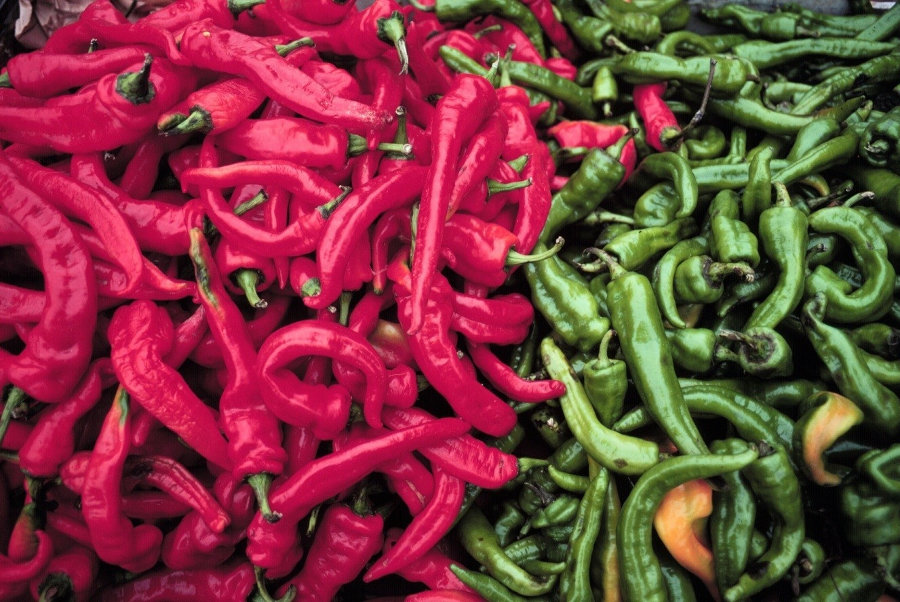October 26, 2011


When people must travel to find food that is better for them, and make frequent trips to the grocery store, what is the cost to the environment? Packing your cart high with the right items at the supermarket—or any store for that matter—can mean fewer travel miles, and saving gas, time, and money.
[nggallery id=21 template=carousel images=4][imagebrowser id=21]
Blog Post by Robbie Harris
Fast drivers loathe riding behind hybrid-car owners when these eco-conscious drivers are hyper-miling, or keeping a steady speed to get the best gas mileage. The sight of it sends other drivers jockeying for position, sometimes making a mad dash for the next lane without so much as a turn signal. People standing in line at Whole Foods or Trader Joe’s (supermarkets popular for eco-products) feel the same way. No one wants to get stuck behind the person with the overflowing shopping cart.
But packing your cart high with the right items at the supermarket—or any store for that matter—can mean fewer travel miles and savings in gas, time, and money. Buying more at each visit is the norm for shopping clubs but not for supermarkets. Many Americans object to spending a online casino lot in one supermarket purchase, even if it will cost them less in the long run.
We may lust after the leisurely way they shop for food in France and Italy, strolling the shops to choose fresh food, cooking it the same day, and slowly savoring the meal. In this country, many people re-create the European experience only in the sense of shopping for just what they need for the day—or the meal. It is a lovely notion, but one designed for a continent where distances are smaller and cities were built for walking or convenient mass transit.
Even in large U.S. cities, many neighborhoods do not have a store that carries organic foods and free-range or grass-fed meats. When people must travel to shop for food that is better for them, and make frequent trips to the grocery store, what is the cost to the environment? One small solution is to plan well, by filling your cart with foods you can use in stages: first, fresh foods that can be eaten immediately or cooked and frozen for later; then already-frozen foods, canned goods, and dry or bulk items.
Planning ahead for your shopping trip and learning to cook with what you have on hand instead of running out at the last minute for “one more thing” adds up in savings. And you may develop another habit from our food heroes overseas: exploring new food combinations based on what is available. It is a skill older society perfected long before the advent of the supermarket and the automobile.
Robbie Harris is a writer, editor, and producer in Chicago.
© 2011 SCGH LLC.
]]>